Cast
at Blum & Poe, Los Angeles, 2015

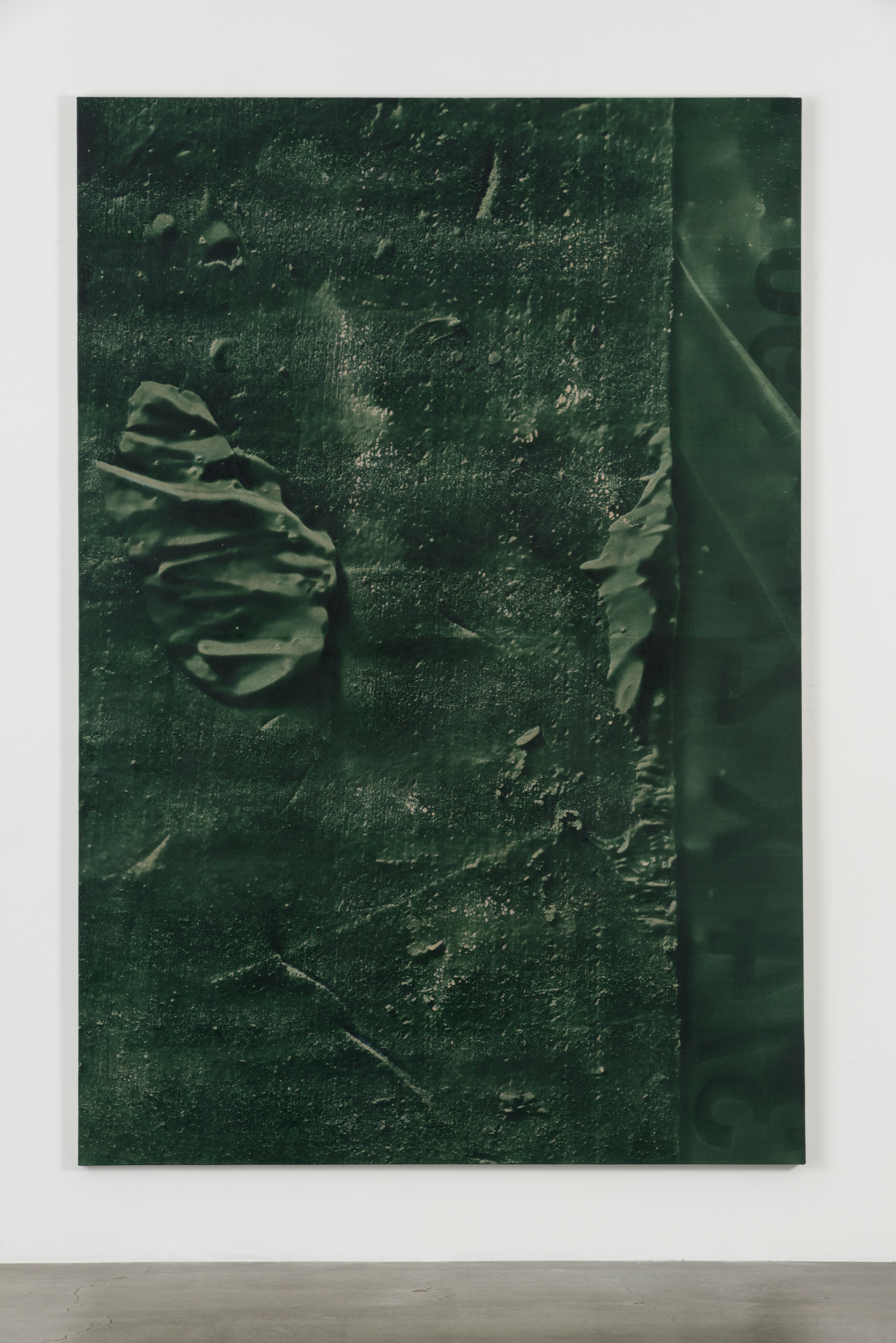
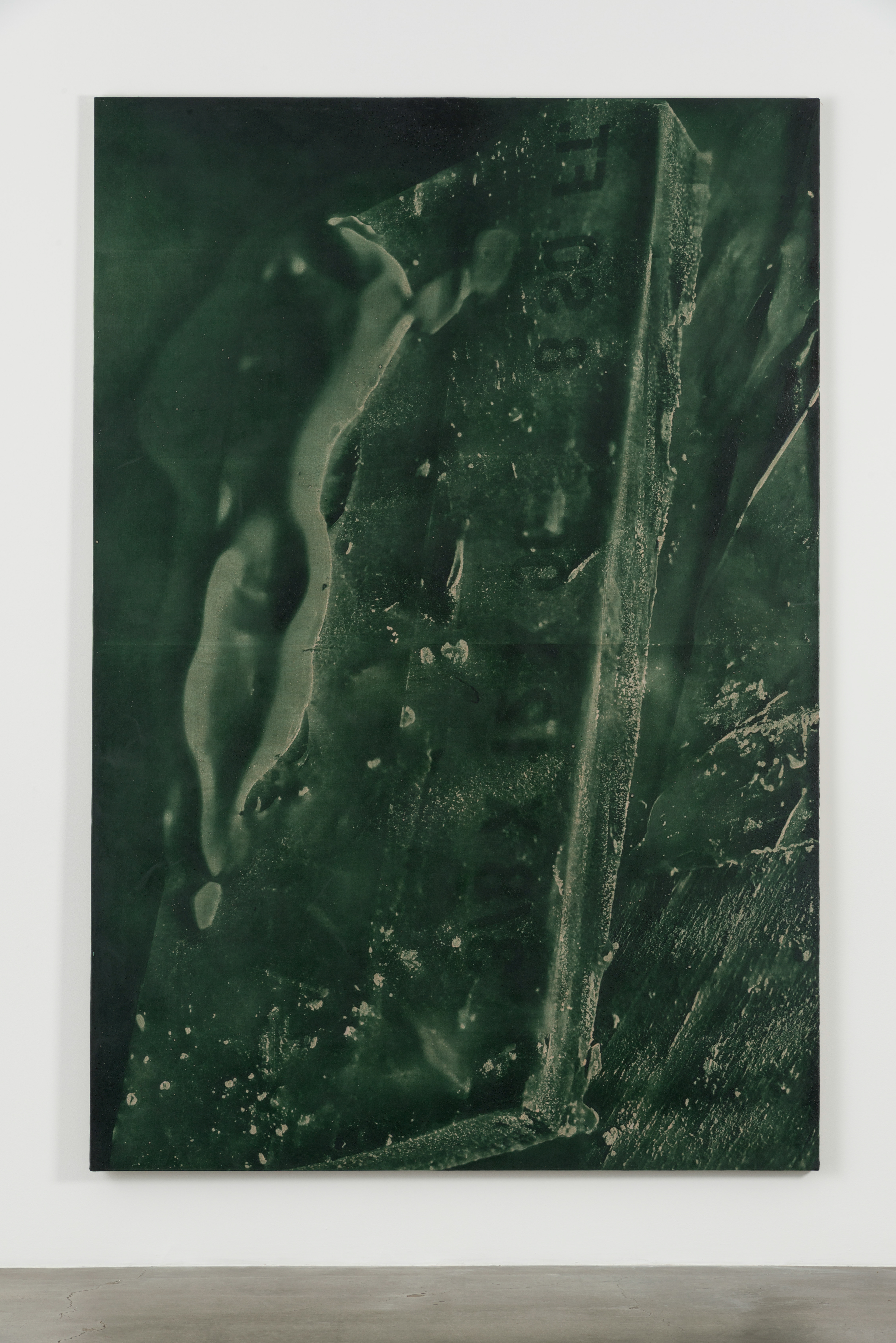

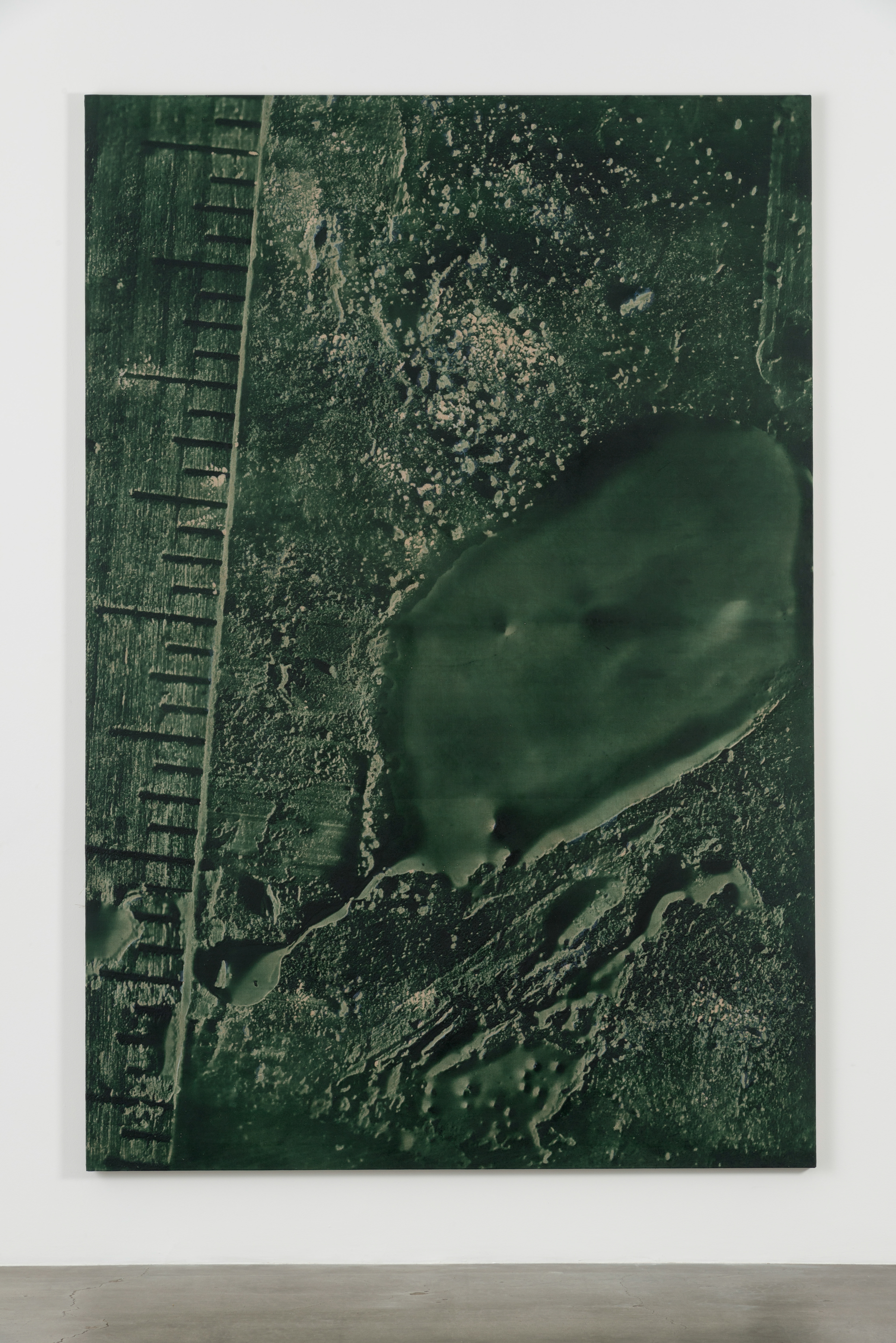


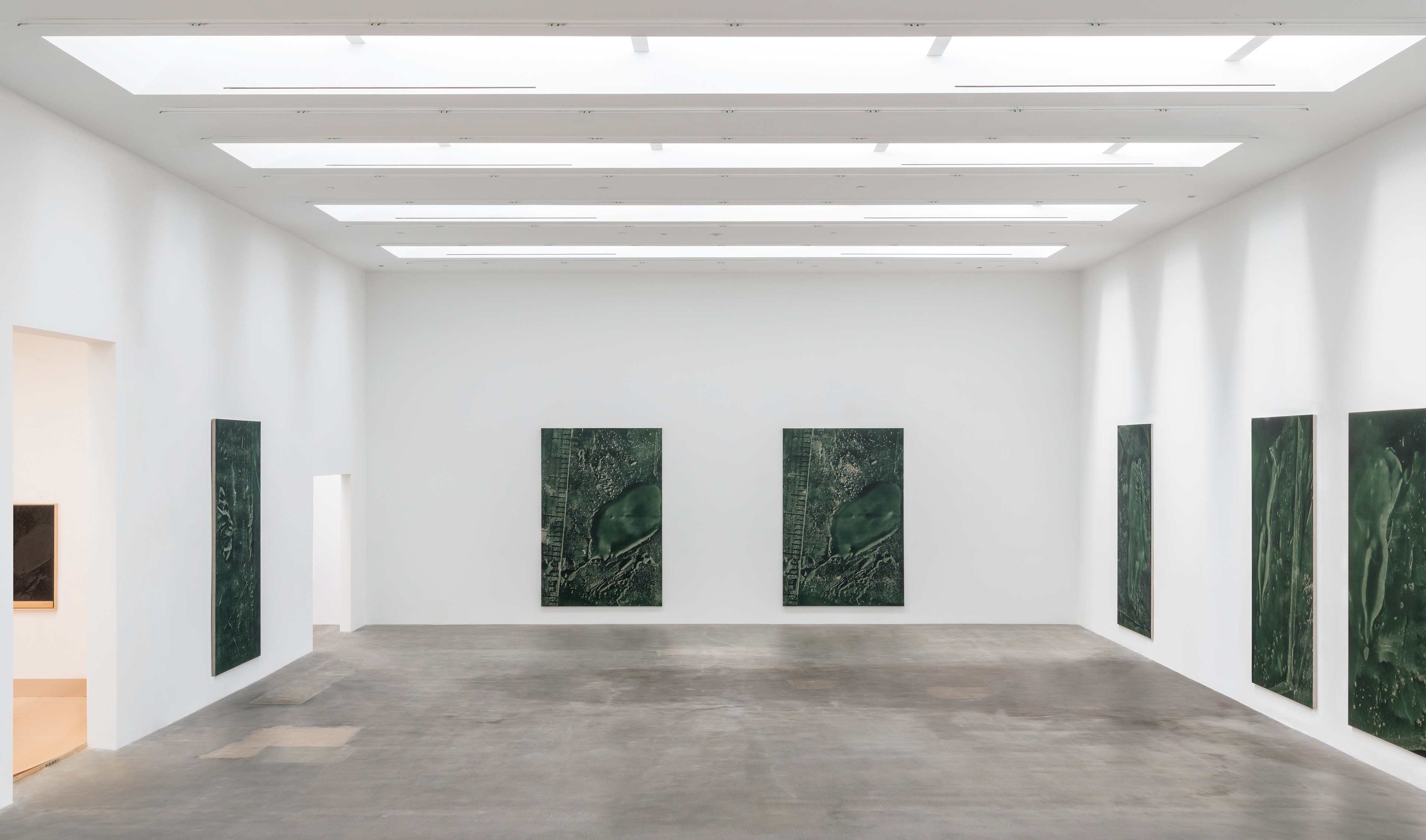


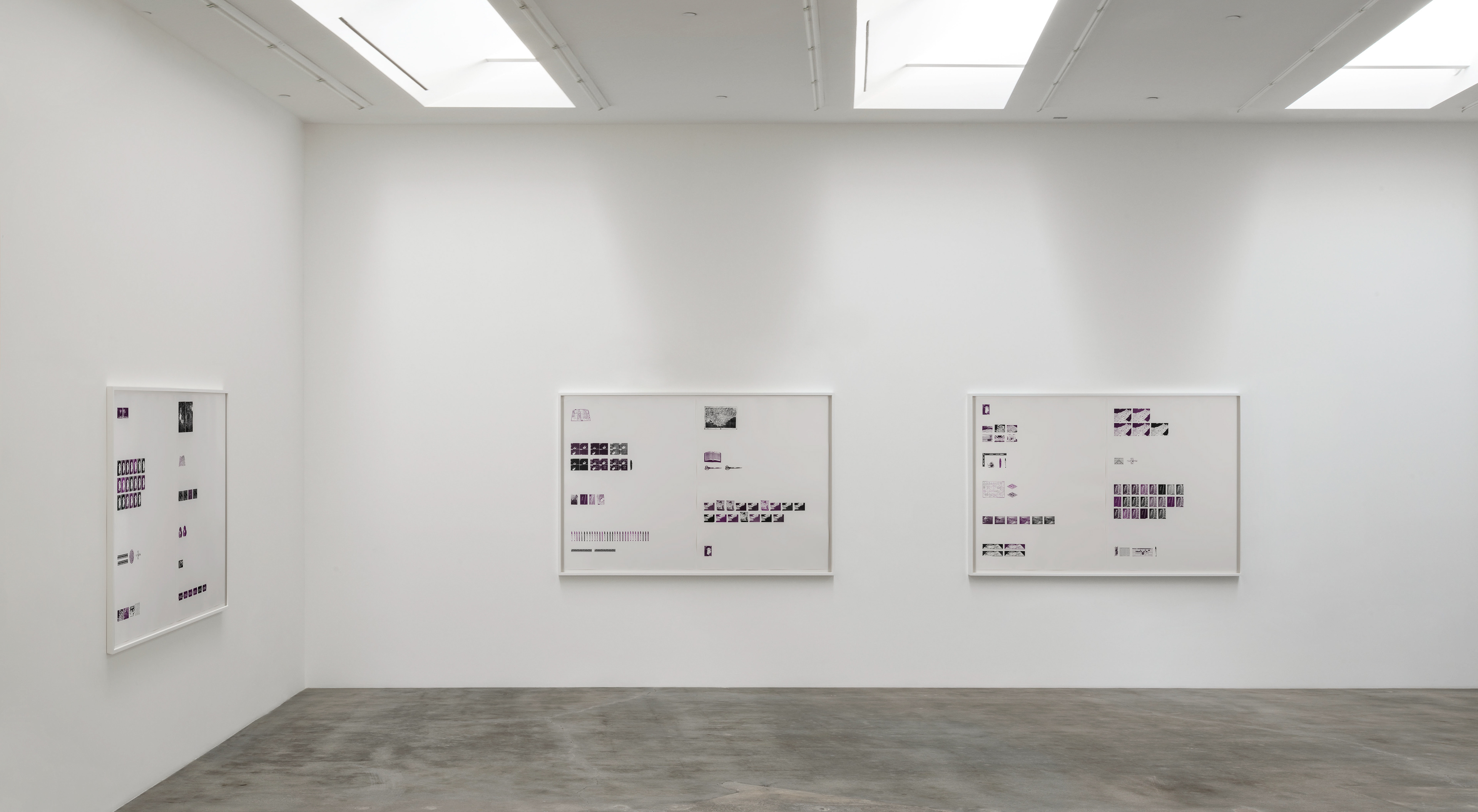
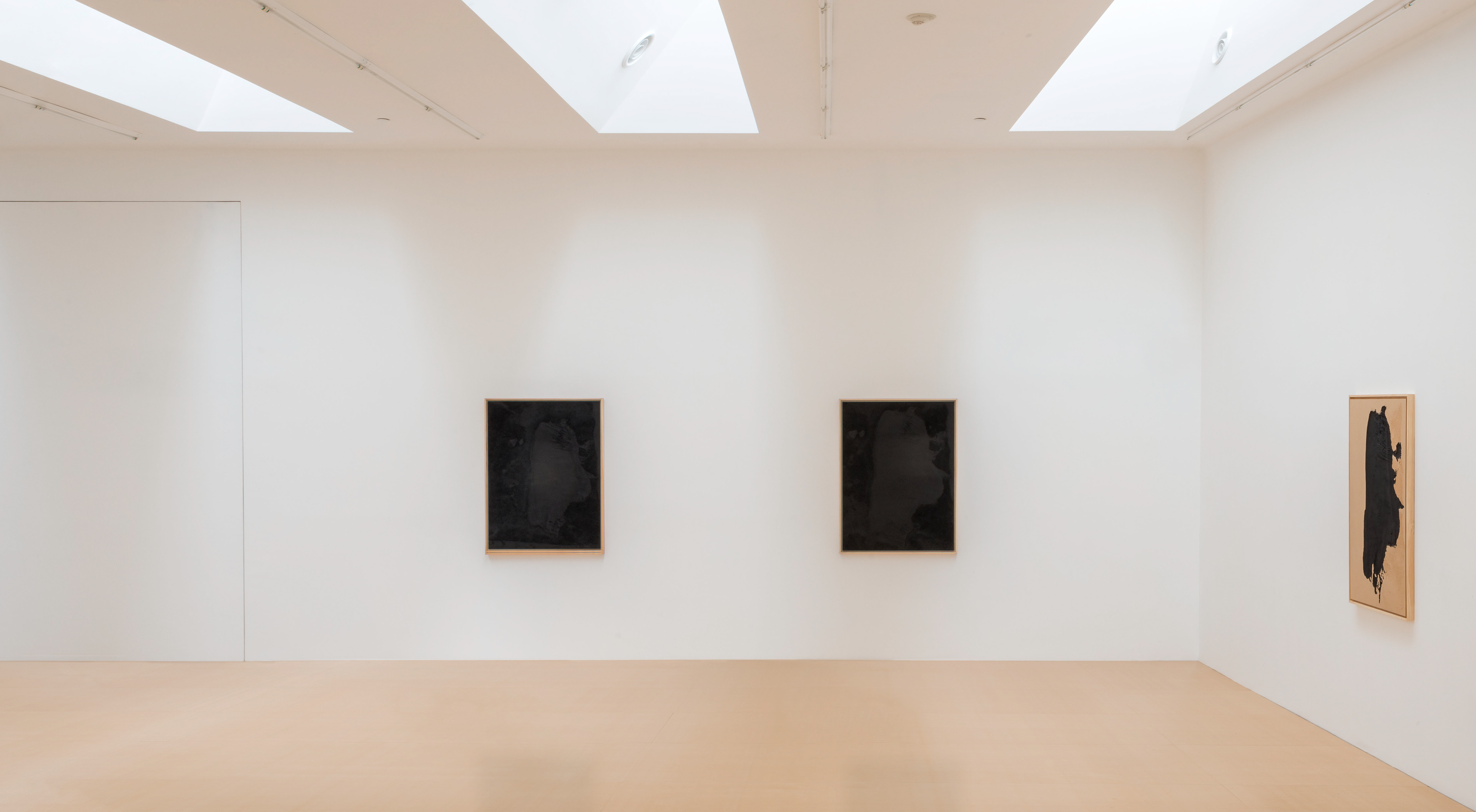

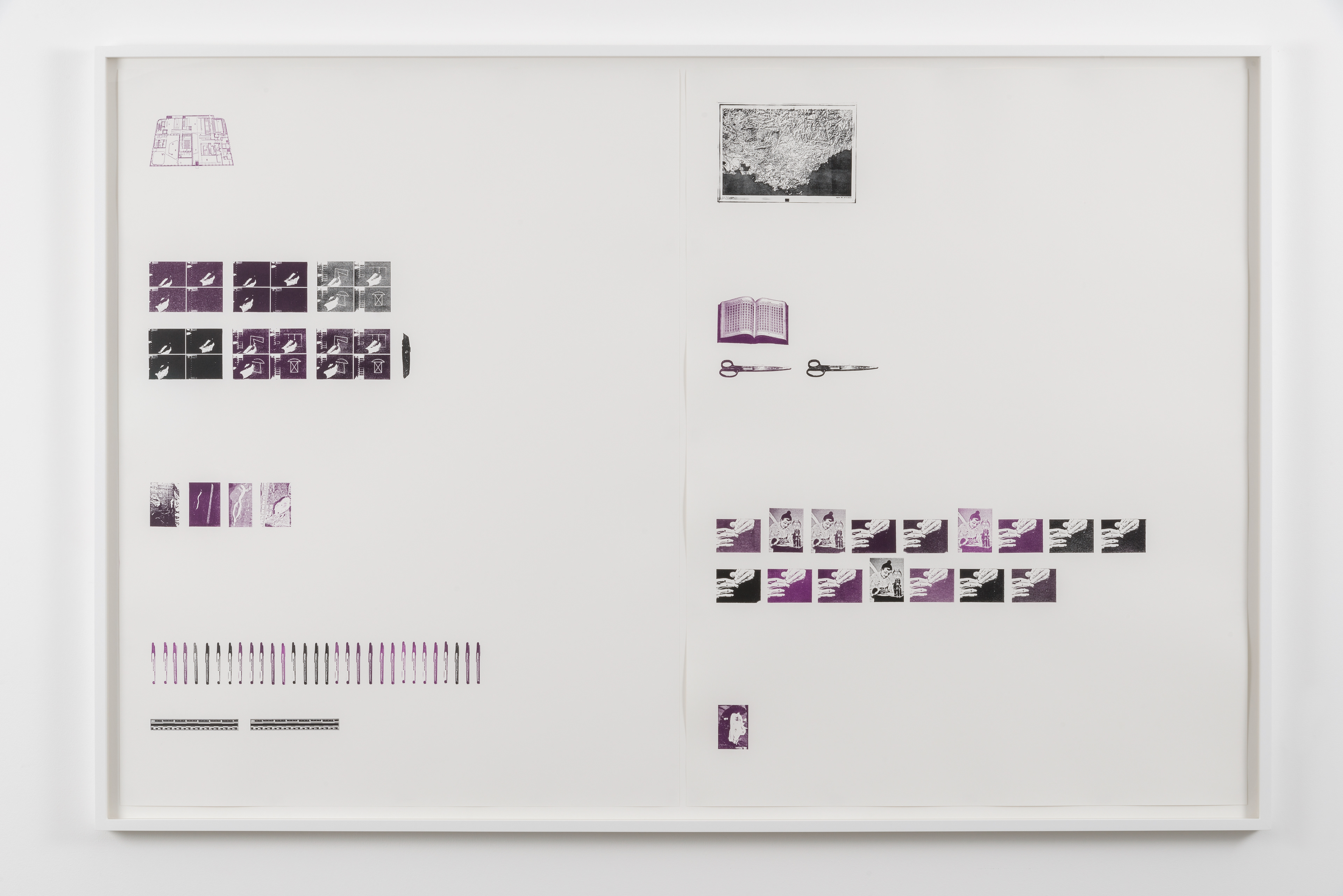
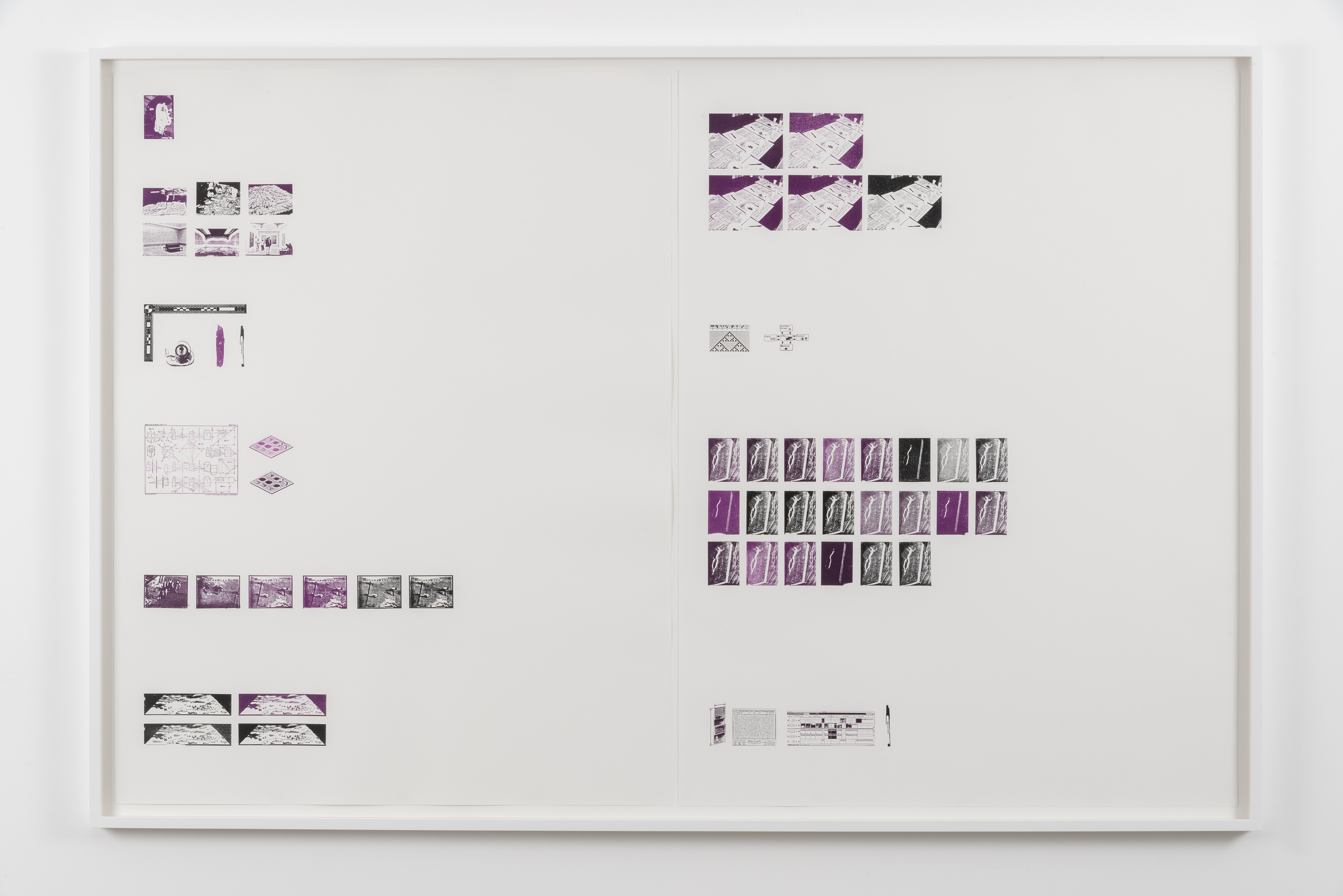
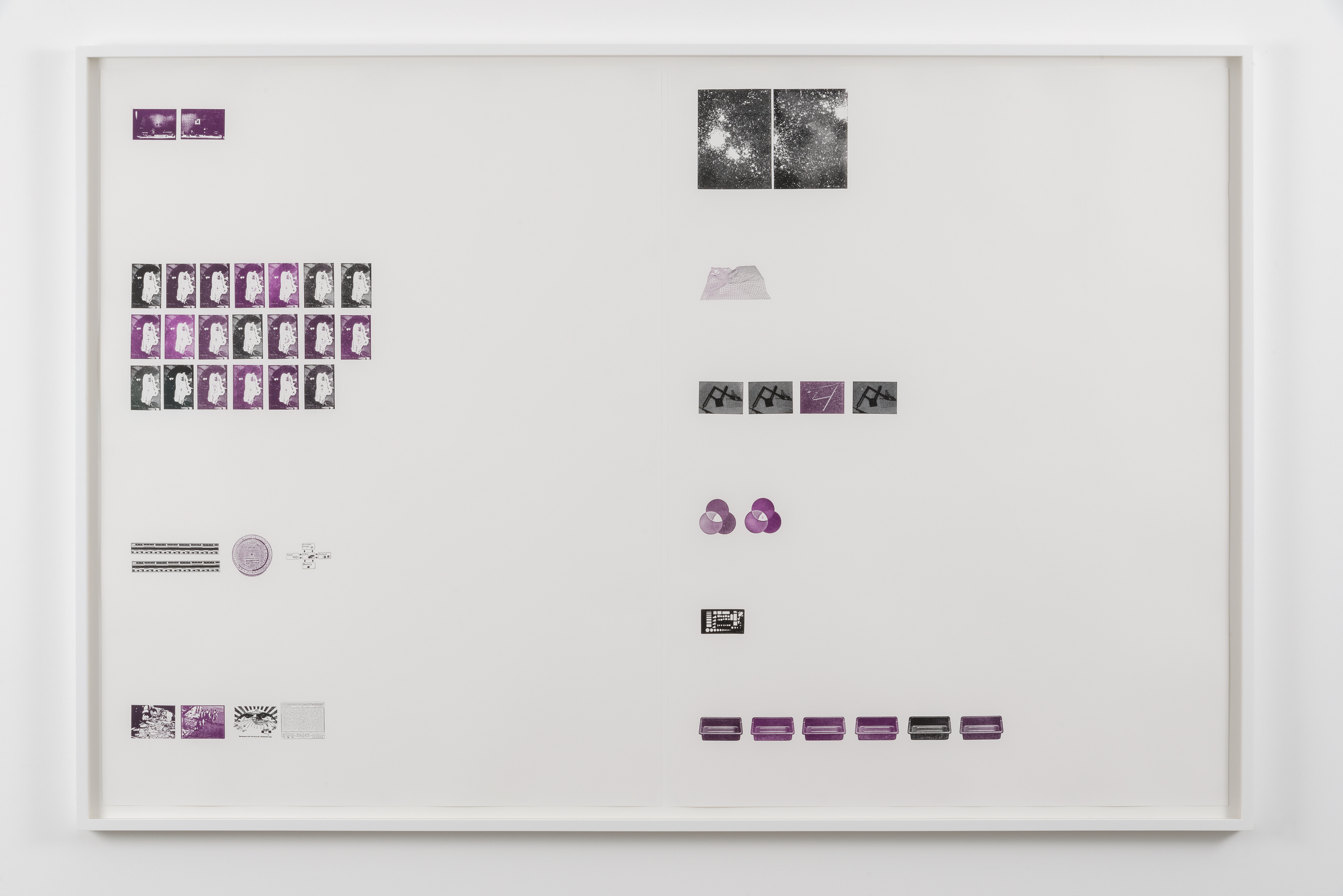
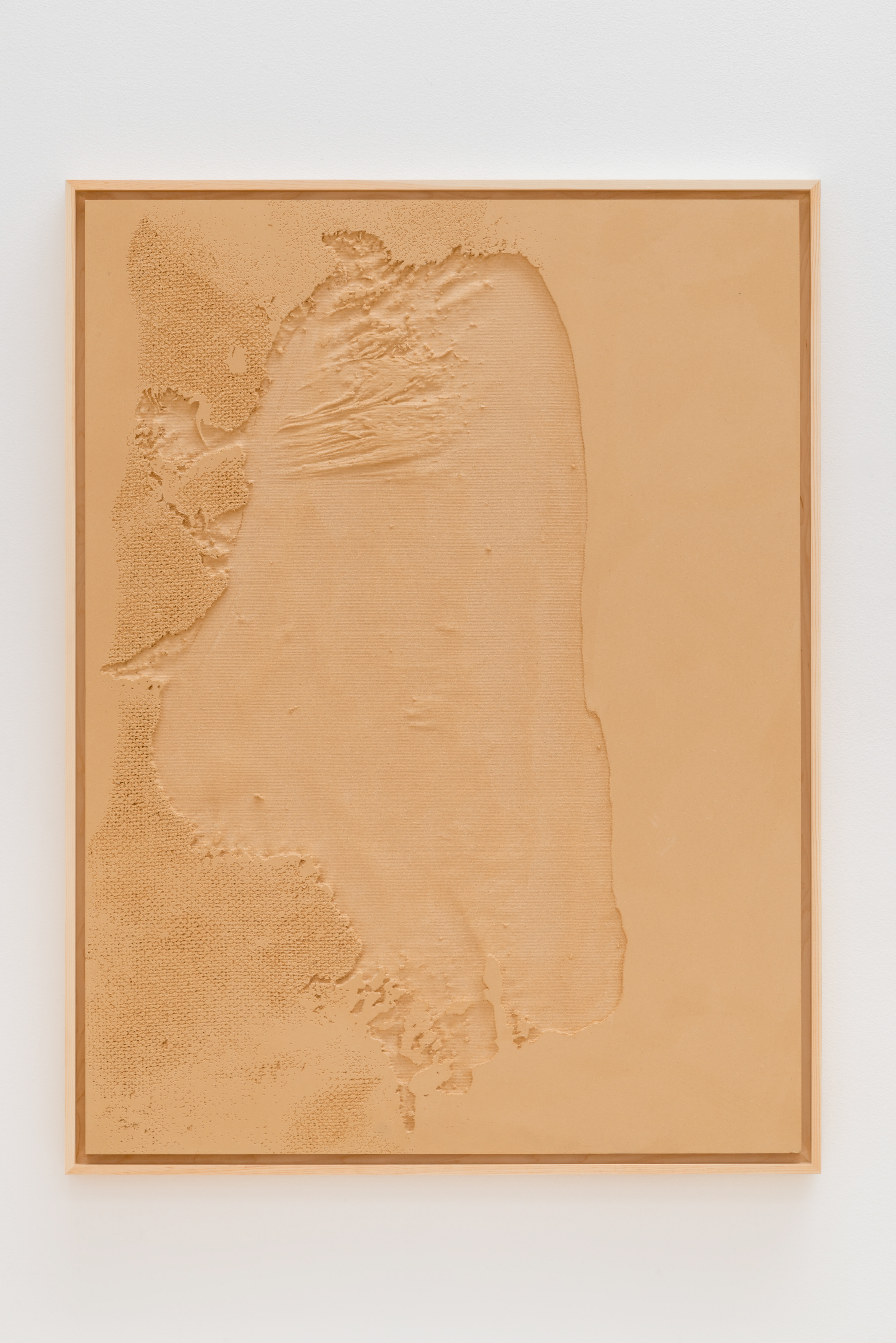

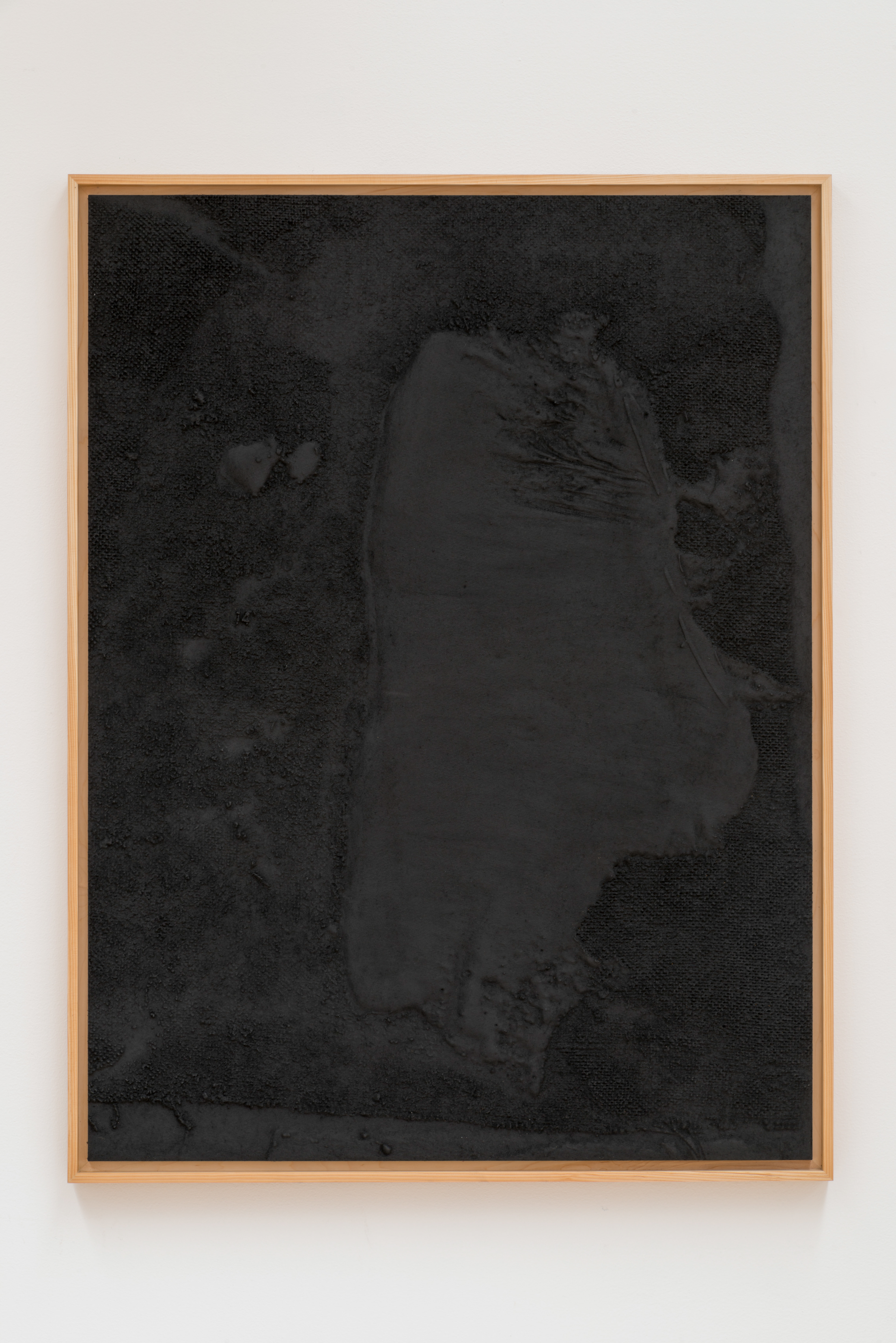


March 7–April 18, 2015
At a data visualization conference a few years ago, a colleague passed me a piece of paper with an Internet address written in nearly illegible handwriting. The address didn’t start with “http://www”; instead it was a protocol I had never used. I showed it to a tech savvy friend, who suggested I only visit the link anonymously. Curious, but not knowing what I would find, I decided I better not use my home network. I went to one of the remaining public libraries in the city and opened the TOR network on my tablet.
At a data visualization conference a few years ago, a colleague passed me a piece of paper with an Internet address written in nearly illegible handwriting. The address didn’t start with “http://www”; instead it was a protocol I had never used. I showed it to a tech savvy friend, who suggested I only visit the link anonymously. Curious, but not knowing what I would find, I decided I better not use my home network. I went to one of the remaining public libraries in the city and opened the TOR network on my tablet.
What I found
was a database of JPEG, AVI, PDF, DXF and GIS files, along with an
antique Google maps-like application that allowed one to zoom in and out
of high-resolution satellite images of various locations using pinching
gestures. I ran my fingers over the terrain, which was labeled in a
code unknown to me. A quick search revealed there were hundreds of
thousands of items in the database.
The
first file I opened was a PDF document on the history of
photogrammetry – a technique in which photographs are used to measure
scale and distance. Another query brought up a PowerPoint presentation
on model making and subtractive manufacturing. There were documents and
examples of the relationship between pantographs and “point
clouds.” There were also thousands of files that contained soil sample
data and information from a materials library.
The
most memorable files were video stills that appeared to have been
captured directly from satellites or unmanned aircraft. They were what
filmmaker Harun Farocki has called Operative Images – images that exist
merely to gather data. Some of the content was deeply upsetting, though
it was unclear to me at the time if the stills were simulations or not.
These files were the exception though – the majority of the content had
to do with techniques for input, processing, and output.
On
my next visit to the library, the database was empty. The interface was
there, but the content failed to load. The screen stopped responding to
my touch. As I closed the browser, and wandered through the library
stacks, I realized that I had stumbled upon something
significant – perhaps, this could be a useful methodology…. The database
was an allegory…. Maybe I have to enact a similar set of operations….
-- Daniel Lefcourt
Blum
& Poe is pleased to present Daniel Lefcourt’s first solo exhibition
at the gallery, which includes new large-scale paintings, relief
panels, and a selection of works on paper. All of the works in the show
are derived from small cultivated accidents created in the studio – a
puddle of water and glue spilled on a debris-covered tarp or a spot of
paint dropped arbitrarily on a board. Measuring no more than a few
inches, the scenes are digitally photographed dozens of times from a
number of angles to generate a 3-dimensional computer model, from which a
low-relief foam carving is manufactured. Paint is poured into the
low-relief mold, allowed to dry, peeled off, and adhered to a large
canvas. The final result of Lefcourt’s technique is a set of spectral
images with an intense physical presence.